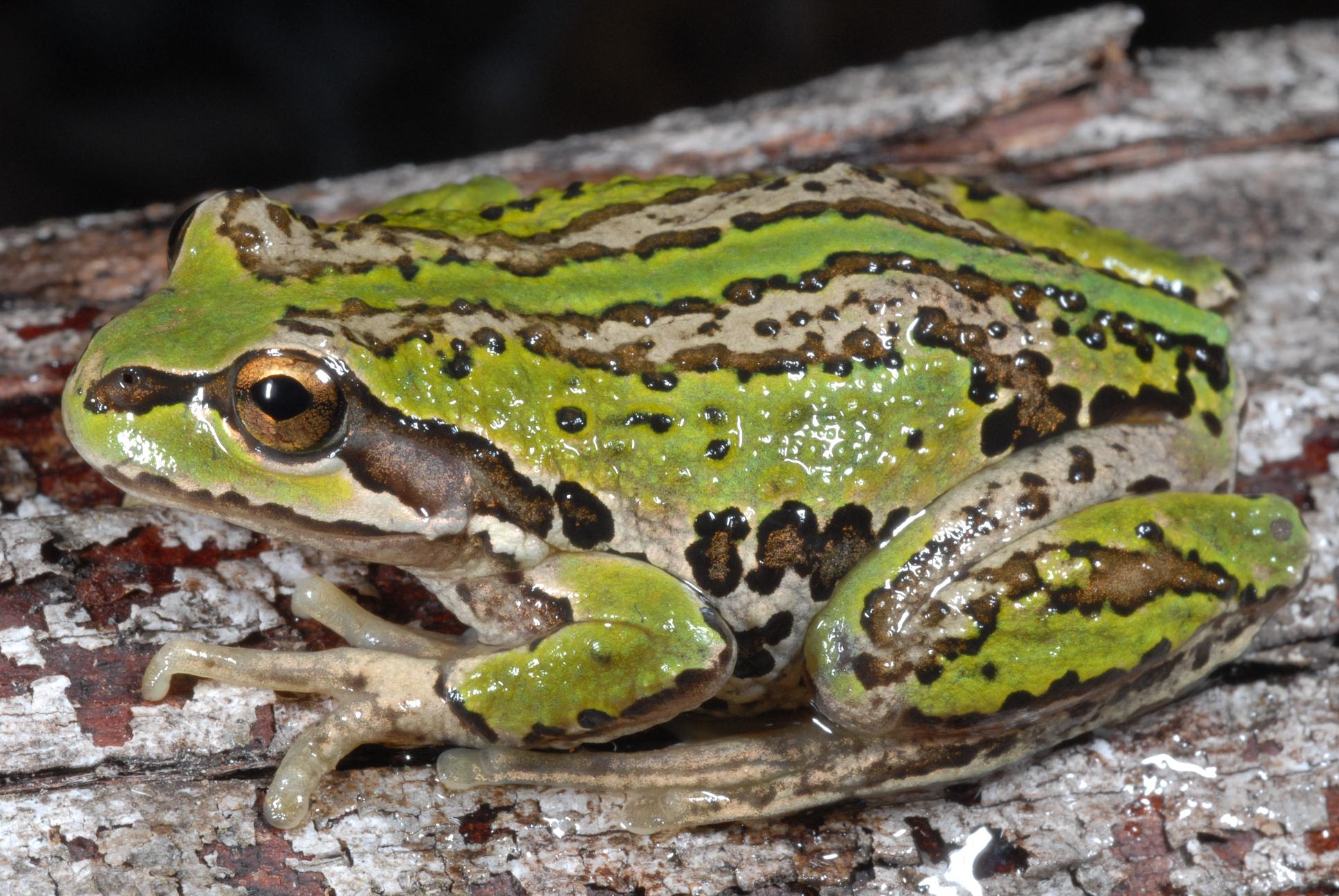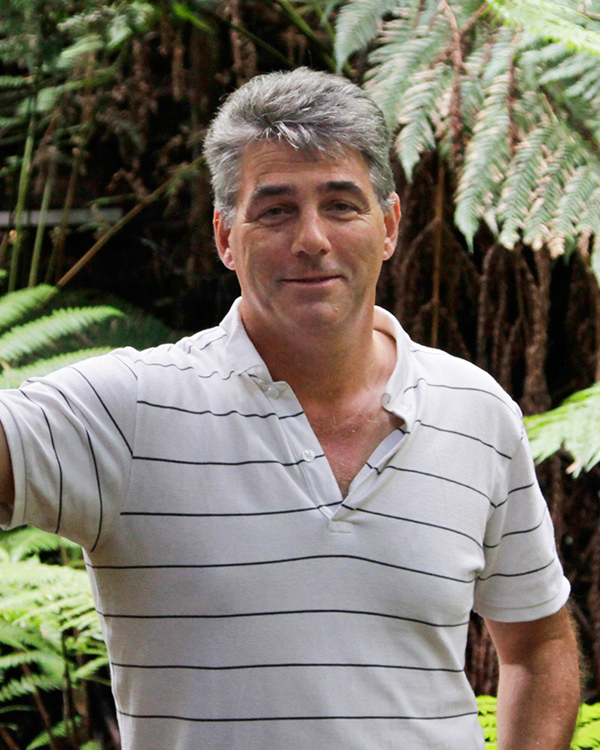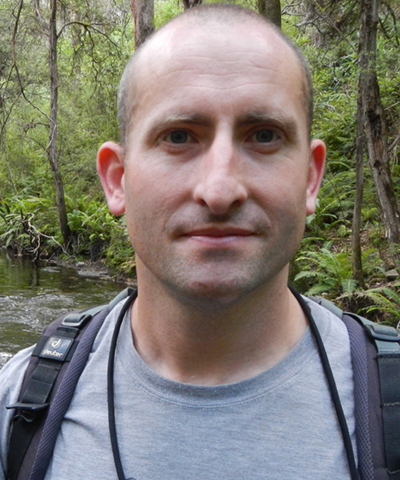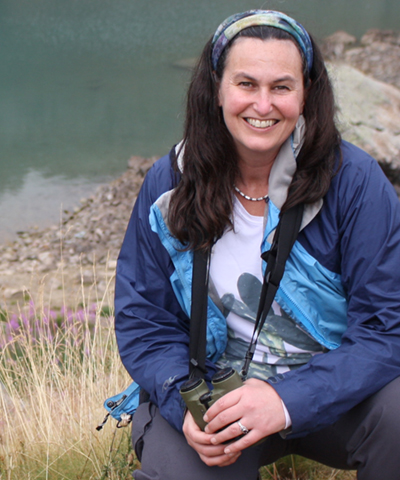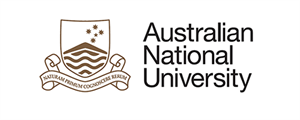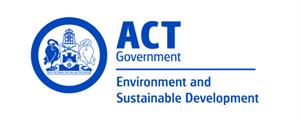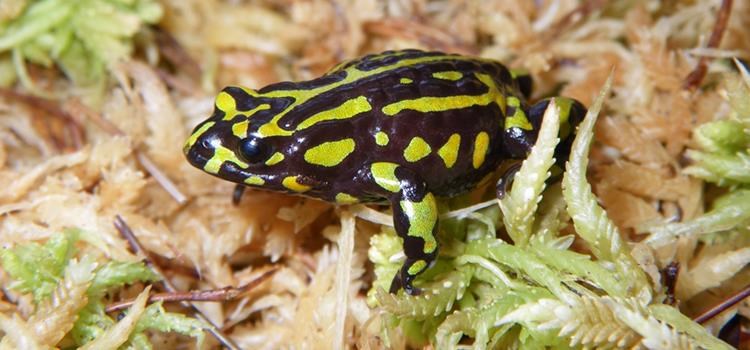
Project: 3.3.6
Adaptive reintroduction strategies for the northern corroboree frog
Project Leaders: Ben Scheele , David Lindenmayer
Research in Brief
The critically endangered northern corroboree frog is one of many frogs in major decline due to chytrid fungus. A common management response for frogs at very high risk of extinction is to establish captive breeding programs paired with reintroductions. However, reintroductions into the sites where the last wild populations persisted, has met limited success due to the continued effects of chytrid fungus.
This project will develop and trial innovative new translocation and reintroduction approaches, to support the reestablishment of wild populations of the northern corroboree frog in the ACT. The findings will also be highly relevant to the conservation of other frogs impacted by chytrid fungus.
The project will also review past and current projects in order to develop best practice guidelines for frog translocation and reintroduction.
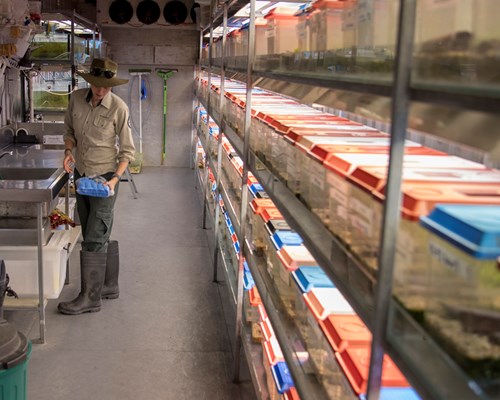 Inside the ACT Government’s captive breeding facility for northern corroboree frogs. Photo: Peter Taylor
Inside the ACT Government’s captive breeding facility for northern corroboree frogs. Photo: Peter Taylor
Why is the research needed?
The introduced pathogen, chytrid fungus, has caused major declines for over 40 Australian frog species. As a result some species have already become extinct, while others like the critically endangered northern corroboree frog (Pseudophryne pengilleyi) have a high risk of becoming extinct without intervention.
A common management response has been the establishment of captive breeding programs, paired with reintroductions and translocations. The long-term objective being to release captive bred frogs to re-establish wild populations. However, while captive breeding has been quite successful, many reintroduction and translocation projects have failed. The limited success of projects highlights the clear need for further research to develop better guidance for reintroductions and translocations.
Chytrid fungus has changed conditions in the wild. While past reintroductions of captive bred northern corroboree frogs have focused on returning species to areas where they have become locally extinct, this approach has met limited success, as the key threat (the virulent chytrid fungus) is still present. There is an urgent need to develop, trial and evaluate new reintroduction and translocation strategies if we are to establish self-sustaining wild populations of the northern corroboree frog and many other chytrid sensitive species.
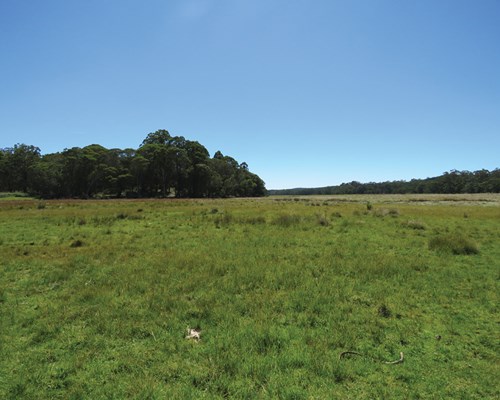 One of the last northern corroboree frog breeding swamps in NSW. Photo: Ben Scheele
One of the last northern corroboree frog breeding swamps in NSW. Photo: Ben Scheele
How will the research help?
This project will directly inform the management of the northern corroboree frog in the ACT and NSW and will be a major step toward re-establishing self-sustaining wild populations in the ACT.
In particular the research will:
- Improve understanding of how chytrid fungus impacts populations
- Improve understanding of the characteristics of refuges that protect threatened frogs from chytrid fungus, and
- Develop highly innovative approaches to re-establishing wild populations from the captive breeding program
The research will deliver key research actions specified in the National Recovery Plan for the species and in the Threat Abatement Plan for the infection of amphibians with chytrid fungus.
The findings will also be applicable to conservation programs for other chytrid affected threatened frogs, especially those with established or planned captive breeding and reintroduction programs. This includes the critically endangered southern corroboree frog (P. corroboree), Baw Baw frog (Philoria frosti), spotted tree frog (Litoria spenceri), yellow-spotted bell frog (Litoria castanea) and the Kroombit tinker frog (Taudactylus pleione).
This project will also undertake a detailed synthesis of past and current frog translocation and reintroduction projects in Australia to identify barriers to success and develop best practice guidelines to improve outcomes of future projects.
The guidelines will include recommendations on how to best monitor and undertake reintroductions and translocations adaptively, to enable on-going improvement of existing approaches.
What research activities are being undertaken?
The detailed research on the critically endangered northern corroboree frog builds on the extensive investment by the ACT government to establish captive breeding facilities for this species, and undertake trial reintroductions. It also builds on extensive long-term monitoring of this species in both the ACT and NSW.
Northern corroboree frog research activities will involve:
- field research to investigate variation in decline severity in northern corroboree frog populations and the relationship between persistence and elevation;
- field surveys to identify and evaluate lower elevation candidate sites for translocations in the ACT outside the historical range of the species;
- experiments to examine potential phenotypic plasticity in frog growth and maturation rates across different populations and environmental conditions to determine the suitability of inpiduals from the captive colony for translocation into new sites;
- experimental translocation of northern corroboree frogs to new sites in the ACT; and
- monitoring translocated populations to evaluate and refine approaches.
The development of best practice guidelines for undertaking translocations and reintroductions will be based on: a thorough review of existing related scientific publications and government reports and consultation of managers involved in past and current frog reintroduction or translocation projects.
Who is involved?
The research is being led by the Australian National University. It is being undertaken in close collaboration with the ACT Government’s Environment and Planning and Sustainable Development Directorate.
Where is the research happening?
Sub-alpine and montane ecosystems in the ACT and southern NSW, including in Namadgi and Kosciuszko National Parks.
When is the research happening?
The project began in early 2018 and will finish mid 2021.
Further Information
For more information please contact:
Dr Ben Scheele - ben.scheele@anu.edu.au
Top image: Northern Corroborree Frog. Photo: Adam Parsons.
